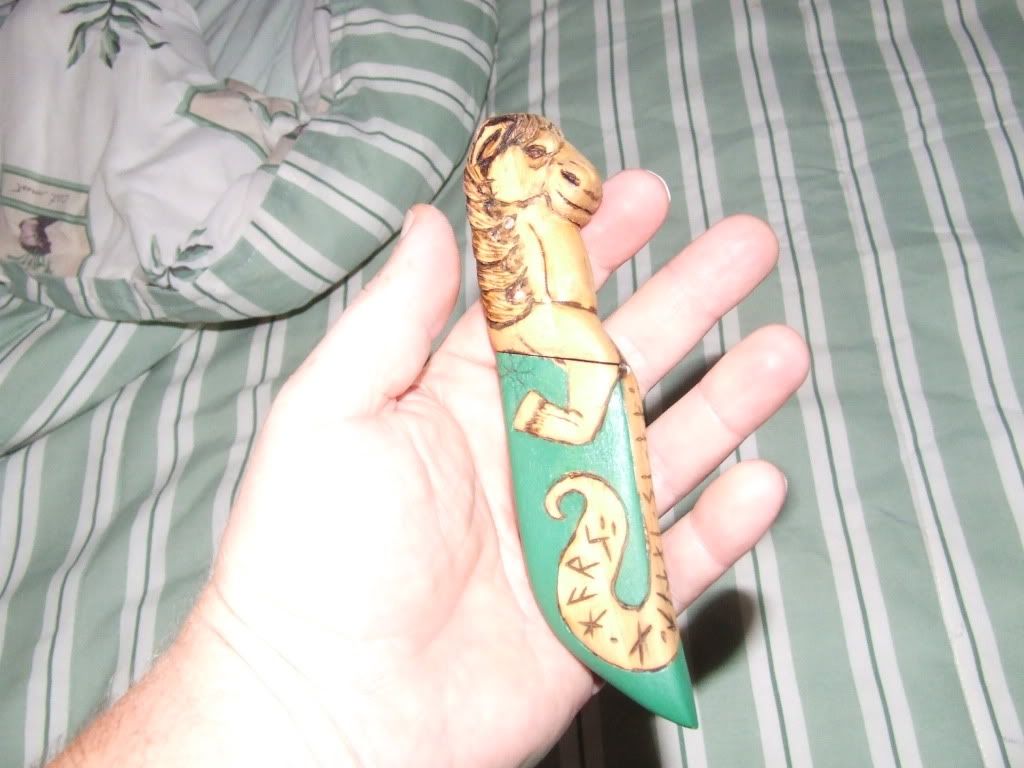There are quite a few of the small striking sticks, the one you mentioned is oriental, as is the vajra, or my favorite the kubotan. There are many variants from all over the world, we even have tactical pens now that are designed to hide in your shirt pocket, are ss and let you use the same skills to do a "Jason Bourne" on your opponent.
Out of all of these, though I am sure we can dig up other european examples. There is one that is used in the Scandinavian art of Stav called a "tien". It is a small batton that looks a bit like one piece of a small nun chuku perhaps a bit stubbier and thicker around. I have one that is carved with runes and is a "Trell" or "Thrall" (anglo saxon) weapon. They are inconspicuous and effective but require a very good martial skill base in place to be proficient, as it is just the natural extention of a barehanded system.
In Tantojutsu you are trained to use a sheathed knife or Tanto for this skill as well, so I imagine that if you used a small utility seax or dagger in a wooden sheath you could employ the same tactics. (I like the little horse head utility seax I made for Brandwyn for this as it is a multy pupose tool, hanging around your neck already, with just the right dimensions)

One of the chief elements for me is that the weapon should fit snugly in the hand and not be so thick as to weaken the grip, or when punching, you can seperate the circle of your fist and hurt fingers. You want your fist hard, not extended around the circumfrance of the stick.
The second thing is to make sure that the ends of the stick, knife, iron bar etc, are approximately an inch above, and below the fist. This will be much more effective in using strikes to pressure points and having your tool concentrate the damage while keeping it away from your fist.
I have a dandy little octagonal iron chisel that I sometimes keep with me that allows me to use it as a kubotan with a bit of a tiny axe blade too!
So I have the best of both worlds in a very unsuspicious tool, one a dwarf is trained in from birth! Hee Hee!

Oh and PS yes! they were referenced in the Ranger's Apprentice books in a couple of places! Read them to find out!

